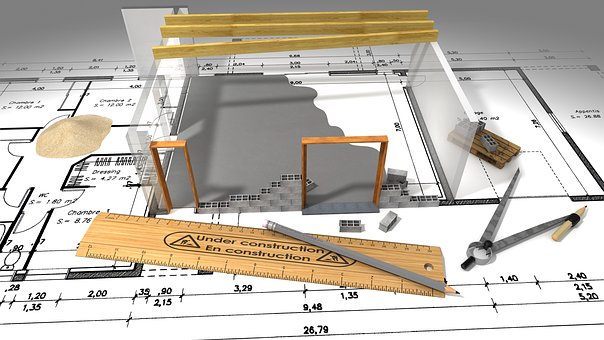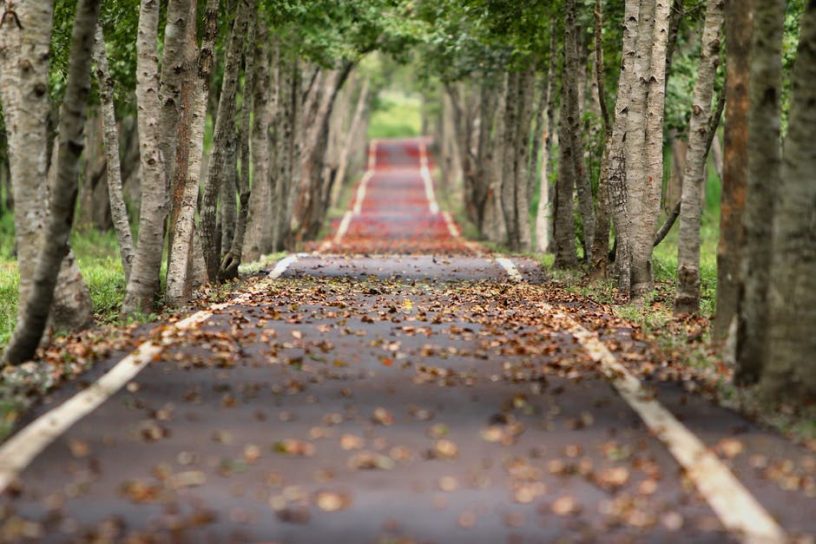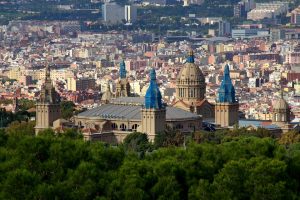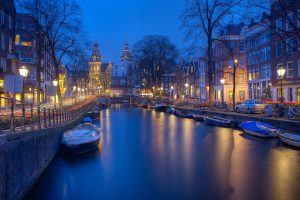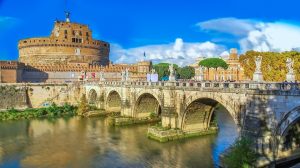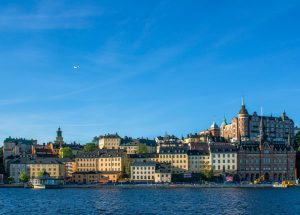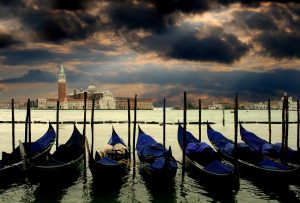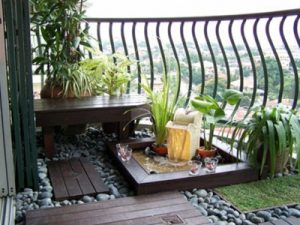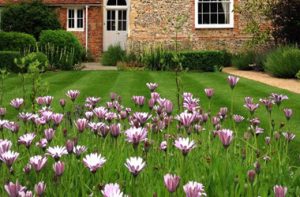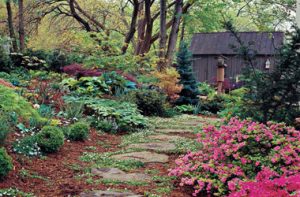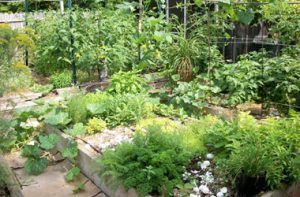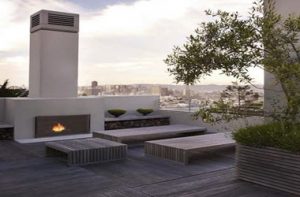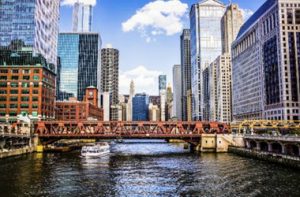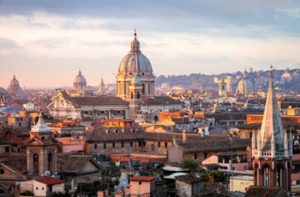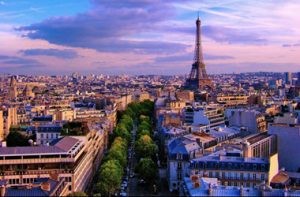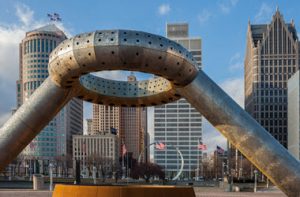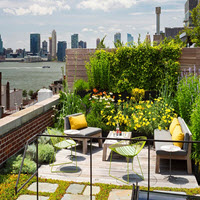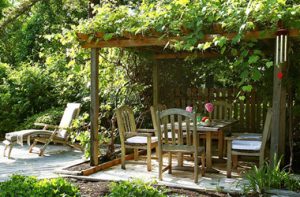- LalaportToyosu – Tokyo, Japan

Tokyo is a city which seems to never sleep and always amazes not only its inhabitants but also its visitors from any part of the world. Japan’s capital is the successful combination between thousand-year-old cultural heritages and the latest trends. Among Tokyo’s famous tourist spots, located on a man-made island in Tokyo Bay, LalaportToyosu is an art and shopping center which offers not only a mall with over 500 museums, shops, and a radio station but also a lot of open spaces. Especially, if you are a landscape architecture lover, its spectacular oceanic adventure offered through a park and public plaza will make you really amazed and surprised.
LalaportToyoso’s entire landscape was designed as an ocean – the ground plane emulates waves, benches are formed as corals, and seating elements imitate islands with a wavy surface. Moreover, there are many relics which remain as a reminder of its history, and many different fountains and water basins for children to play.
- The Blue Island – Matsu, Taiwan
Every year, many tourists travel to the beaches of Taiwan at night in order to witness the spectacle of bioluminescent algae. Matsu, a small town of Taiwan, is the home to the art installation The Blue Island by designer Island Chen. This glass box shows the bio-digital installation prototype of a visible ecosystem which recreates the natural habitat of the toxic bioluminescent algae.
The aim of The Blue Island is to act as an educational tool which helps people to understand that the aesthetically pleasing algae have detrimental effects on the marine environments. If you are planning your next trip to East Asia, you should really take the chance to not only enjoy the beautifully glowing waters at night of The Blue Island but also to educate yourself and support the installation as a viable and much safer option for eco-tourism.

